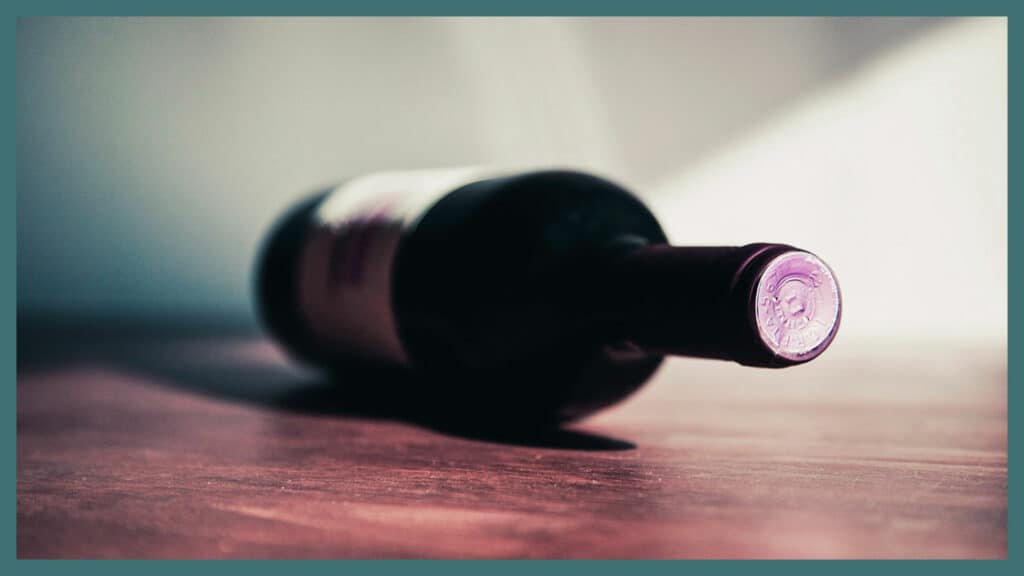A simulation is “Illegitimate product that is designed to look like but not exactly copy the legitimate product.” These should be monitored because they can cause consumer confusion or evolve into intellectual property rights infringement—for example, the case of Petrus Lamberti.
At the INTERPOL/ Europol Operation OPSON meeting on November 10, 2022, I heard an excellent presentation by Ms. Sandra Gudaityte of the European Union Agency for Criminal Justice Cooperation (EUROJUST). The presentation reviewed several food fraud-related court cases.
One of the court cases provided a great example of why simulations (“Illegitimate product that is designed to look like but not exactly copy the legitimate product”) should be considered in “types of food fraud.” Even if an action is not explicitly illegal or is eventually determined to be deceptive to consumers, the type of action should be monitored. A simulation often borders on the line between legal and illegal. Also, if a producer is willing to push the intellectual property right and trademark law limit, they may eventually be tempted to break the law.
Petrus Lambertini versus Chateau Petrus
Chateau Petrus is a prestigious and recognized wine brand that often sells in the US$1,000 to US$10,000 range. Petrus Lambertini is a more basic wine in the US$20 range. Petrus Lambertini is the name of a 13th-century Spanish mayor. The Petrus Lambertini label used a familiar religious image. The Petrus Lambertini label has the description of “2nd Vin” (second wine).
Chateau Petrus sued Petrus Lambertini for trademark infringement, claiming the consumer would be confused, thinking that the Petrus Lambertini was really just a different product of Chateau Petrus. Further, a key of the complaint was that the “second wine” wording on the much lower-priced product might not raise suspicion.
The French court rejected the claim since, while the titles are similar, the feeling was that the consumers were not deceived. The name and logo were not trademark violations. Further, a key seems to be the definition of a “consumer” of “Chateau Petrus” wine who is spending thousands of dollars, compared to a more novice wine “consumer.” This knowledgeable consumer seeking a Chateau Petrus wine (expecting a US$1,000+ pricetag) would not be deceived by the Petrus Lambertini (US$20) wine. The court found that, although the names are similar, the Chateau Petrus brand reputation was not harmed.
From the French court, and a literal translation:
- “The practice concerned was not misleading or likely to substantially alter the economic behavior of a normally informed, reasonably observant, and circumspect wine consumer.”
- “Whereas by merely judging that the skill of the commercial practice denounced had not harmed the company Château Petrus, whose clientele was very different from that thus affected by the [Petrus Lambertini].”
Regardless of the intent or motivation of the Petrus Lambertini brand, Chateau Petrus would consider this the food fraud type of “simulation.”
This type of simulation should be included in a food fraud vulnerability assessment to (1) make sure this is a simulation and not a counterfeit violation and (2) to keep aware of other activities in the marketplace. Even though this ended up not being a legal violation, things could change, harming the brand’s reputation or economics.
Simulations as a Type of Food Fraud
Simulations have been included as a type of food fraud since our 2011 article “Defining the Public Health Threat of Food Fraud.” Even though it is not usually illegal, it can be a form of deception, or at least be an attempt to get very, very close to the trademark. Watching all types of fraud is important, including monitoring LEGAL diversion or LEGAL parallel trade.
By widening the lens to look at all types of fraud, hopefully, there will be fewer surprises. Monitoring simulations and diversion does NOT mean companies will need to implement countermeasures or control plans.
Takeaway Points
- There is a wide range of potential food fraud acts, and they are often outside the usual categories of ingredients and incoming goods.
- Monitoring the wide range of food fraud types is essential to maintaining a vision of all the types of suspicious activity that could harm your product.
- Fortunately, the previously presented, GFSI-related food fraud vulnerability assessments and prevention strategies included simulation review methods.

